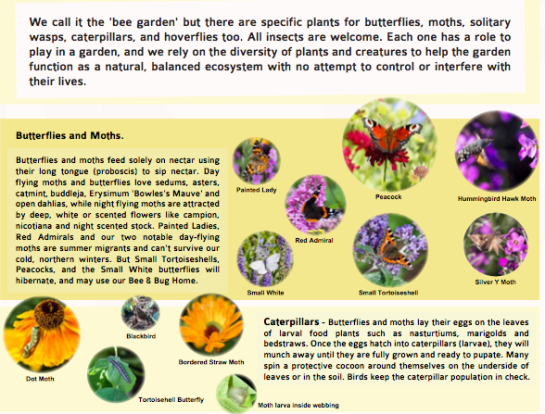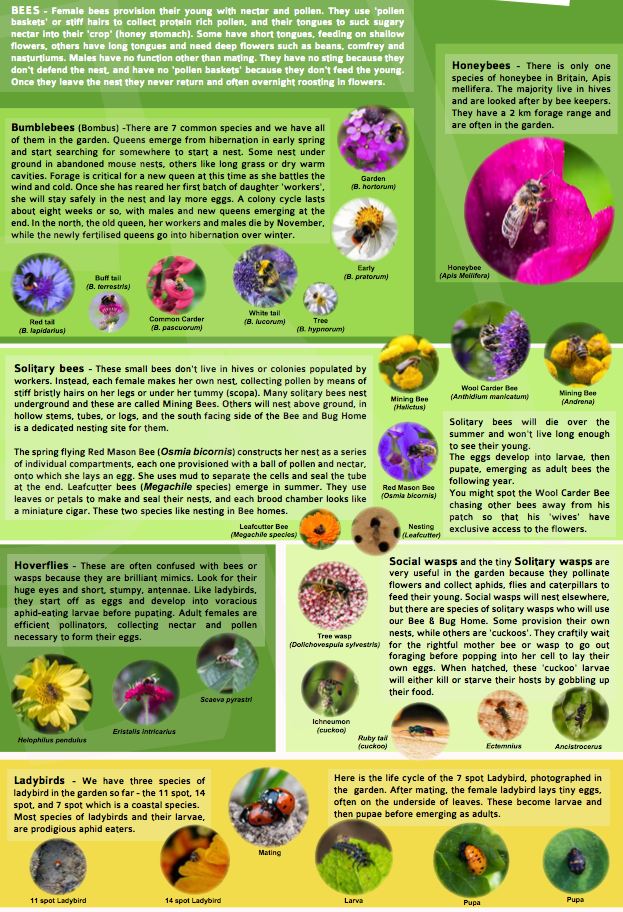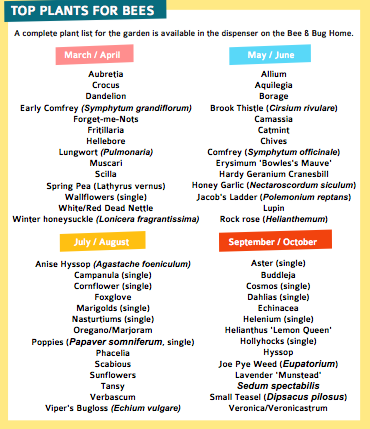The Coronation Rose Garden
The Rose Garden on Silloth Green was created in 1953 to celebrate the Coronation of Queen Elizabeth 11.
- Rose Garden 1950s
Problems with Compaction and Rose Sickness
The Rose Garden was extremely popular and well loved by local people. Over the years, however, the clay base became compacted and this caused problems for the roses, which began to struggle.
Replanting the garden with roses was problematic due to a condition known as rose sickness. Roses will not tolerate being planted in earth previously occupied by other roses due to a build up of soil pests and pathogens. The Town Council used this as an opportunity to refresh the garden.
Over the Winter of 2014/15, the site was drained by the Council.
New Suggestions: Natural Habitats for Bees, Bugs and Butterflies
There are many threats related to the environment and loss of pollinators. Bees and other insects are beset by the same environmental challenges as other species, including habitat loss – degradation and fragmentation; pesticides; and climate change.
An experienced local gardener with expertise on bees and their needs suggested that creating habitats for nesting, resting and overwintering, and planting nectar and pollen rich plants would provide bees, bugs and butterflies with the type of environment they need to flourish. Vivian Russell’s own garden was already a haven for bees and other insects, planted with appropriate plants and habitats for all life cycle stages—larvae, pupae, and adult.
The Council considered the possibility of environmentally friendly approaches and took the decision to dedicate a new garden to the welfare of diminishing bees, butterflies and other insects.Vivian offered her services as a volunteer to ensure careful development of the project.
Importantly for many local people, the history and heritage of the site was to be respected by ensuring that roses that bees and other insects could readily access would also be included.
Proposal for New Design layout
Vivian drew up an initial plan for a new design layout . The possibilities presented to support ‘biodiversity‘ were discussed with Heritage Lottery, who funded the Rose Garden renovation. HLF approval was gained subject to including a variety of bee friendly roses among the new plantings. Silloth Town Council also gave their support to the idea that very small creatures have an important role to play, believing their needs and that of the environment should be supported by planting different varieties of plants and shrubs as well as bee friendly roses.
Vivian’s hand drawn design for the garden was considered by the Council, who made a few further suggestions before approving the layout.
After Agreement: Designing, Preparing and Planting for Biodiversity
After agreement was reached, Vivian gave even more of her time to the project, and spent many long hours preparing the ground, laying out the garden, sowing seeds and sourcing the best varieties of plants. She replanted the entire garden with bee and butterfly friendly plants. The plants were chosen to withstand the wind blowing off the sea, where the garden is exposed at the arcade end.
Building a 5 Star Bee and Bug Hotel
Vivian had included a bee and bug home in her design plans. The Council’s Maintenance Team were extremely helpful and built a replica of the Victorian Pagoda that sits at the top of the hill above the Splash pad. They erected the new bee hotel structure in the middle of the garden. A weathervane was built by local expert, Paul Jameson, and was added to the roof of the new five star hotel.
The sunny side of the new bee hotel has been dedicated to nesting sites for solitary bees, while the other three sides serve as winter hibernation and shelter for all the other insects who visit the garden.
Planting
The garden is divided into five themed areas and is home to over 100 species of plants.
Different varieties of annuals and perennials have been nurtured. The annuals were all raised locally from seed, many in Vivian’s own greenhouses. The perennials were either divided from larger plants in local gardens or bought from the Garden House Nursery in Dalston, and Larch Cottage Nurseries in Melkinthorpe.
The Dahlias were supplied byJRG Dahlias in Milnthorpe, South Cumbria.
Garden plants for bees face the sea, wild flowers for bees face the Arcade; butterfly plants face the Green. In addition, there is a decorative veg plot around hazel wigwams with a double row of dahlias created by Vivian. Plants were labelled to allow visitors to learn about what works best for the bees, bugs and butterflies in seaside conditions.
Roses were planted in cardboard boxes using fresh soil, as this is the best method of dealing with rose sickness. The idea is that by the time the cardboard disintegrates, the old soil will be fine for the rose roots to grow in.
Empty chip boxes used in the Silloth Bee Garden to avoid contamination by rose sickness in the soil. (Photo: Courtesy Vivian Russell)
As summer 2015 progressed, the new bee garden began to flourish and the bees, bugs and butterflies began to arrive.
- Butterflies After Refurbishment
The bees supply pollen and nectar from March onwards, when the bumblebee queens emerge from hibernation, and continue flowering into late autumn. The Bee and Bug Home provides nesting sites for solitary bees and a dry place for butterflies, moths, beetles, ladybirds, lacewings and earwigs to shelter and over winter.
Photos courtesy Vivian Russell.
- Heritage Rose & Bee Garden 2015
- After Refurbishment
- After Refurbishment
Visitors to the Garden
As the new Bee Garden began to flourish, word spread and local people began to develop interest. Word soon spread beyond Silloth too, and people of all ages travelled from many different locations to visit the garden. The garden’s creator has spent many hours talking to them, discussing the different species of bees, bugs and butterflies as well as the many different plants in the garden.
Photos Courtesy Vivian Russell
- After Refurbishment
Other Little Visitors
Butterflies and Moths

Bees

Plants

Bumblebees in Open Centre Dahlias
Photos Courtesy Jack Gott
- Bees After Refurbishment
Silver Y Flying Moths
Photos Courtesy Vivian Russell
“Dozens of Silver Y day flying moths in the garden. You can see the wiggly white Y on the forewing. These are coastal specialists.” (Vivian Russell) ‘Silloth Bees’ Facebook post: 1st October 2015.
Caterpillar in the garden, munching its way around the Heleniums. Identified as the (night flying) Dot Moth. (Vivian Russell.) Source: Silloth Bees Facebook Page. 10th October 2015.
Late afternoon, and the butterflies move off the flowers to the Arcade side of the Bee & Bug Home, spreading their wings to absorb the last bit of warmth from the sun. (Vivian Russell). Source: Silloth Bees Facebook Post 13th October. http://on.fb.me/1NIxqOI
Tortoiseshells on the left, Red Admirals on the right. (Vivian Russell.) Source: Silloth Bees Facebook Post 13th October. http://on.fb.me/1NIxqOI
Other wildlife encouraged by the Bee Garden
August 31st 2015. Vivian noticed a small pile of grass clippings by the lupins. (Photo Courtesy Vivian Russell).
Lifting some of the grass clippings revealed a nest of baby mice. Vivian put the grass back, but when she looked the next day, “Mrs Mouse had moved them.” Vivian thinks she must have been eating the sunflower seeds and rose hips. (Photo Courtesy Vivian Russell). Source Silloth Bees Facebook post 11th October 2015
A view of the garden from above















































































